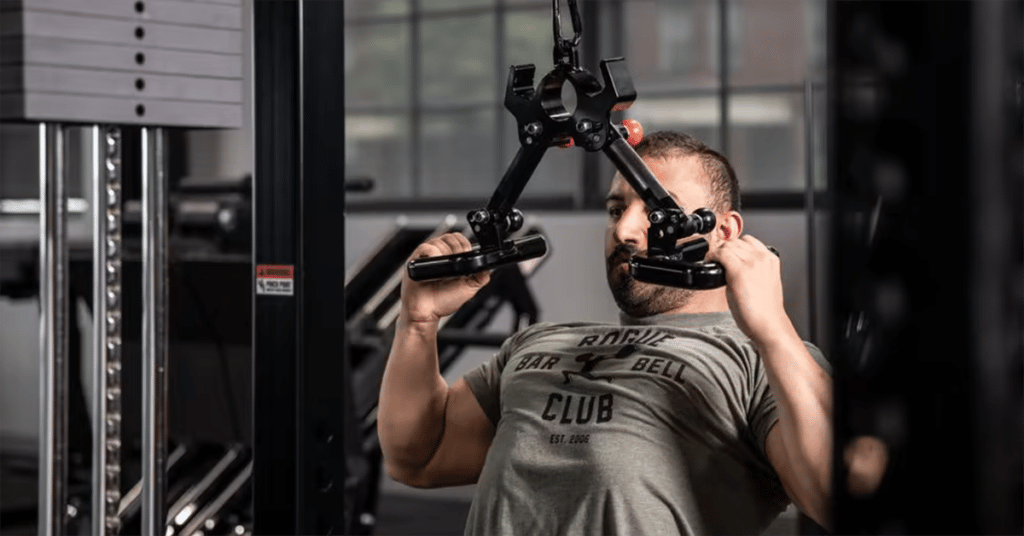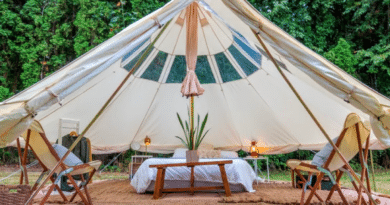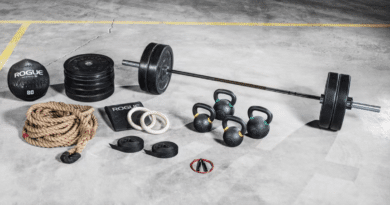Why You Should Train with the Back Widow
Find out why the Back Widow is the perfect addition to your commercial or home gym.
What is the Back Widow?
The patent-pending Back Widow, by Flex Wheeler, is the gym version of a Swiss Army Knife, potentially replacing more than a dozen separate handle attachments and accessories with a single, all-in-one alternative.
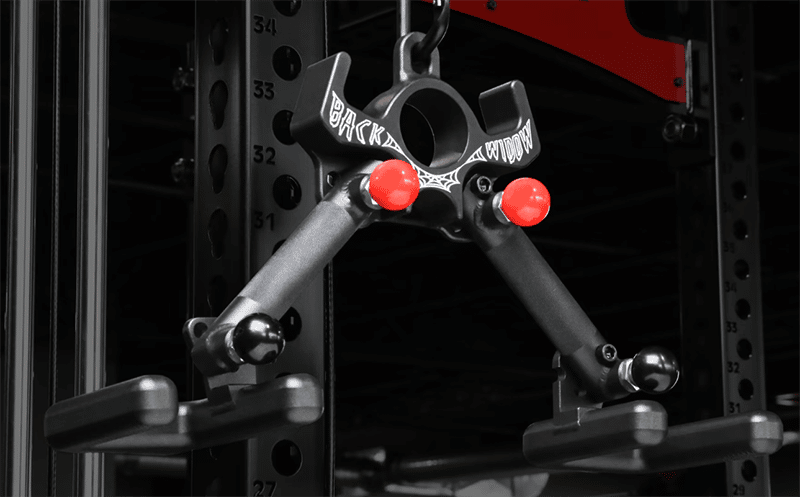
Users can quickly adjust the Back Widow into more than 15 different grip positions without having to remove the attachment, making it uniquely equipped for high traffic gyms or more time-efficient individual workouts.
What does the Back Widow Do?
As the name suggests, the Back Widow is designed, first and foremost, as a back blaster, with easy set-ups for high/mid/low range cable pulls and T-bar rows.
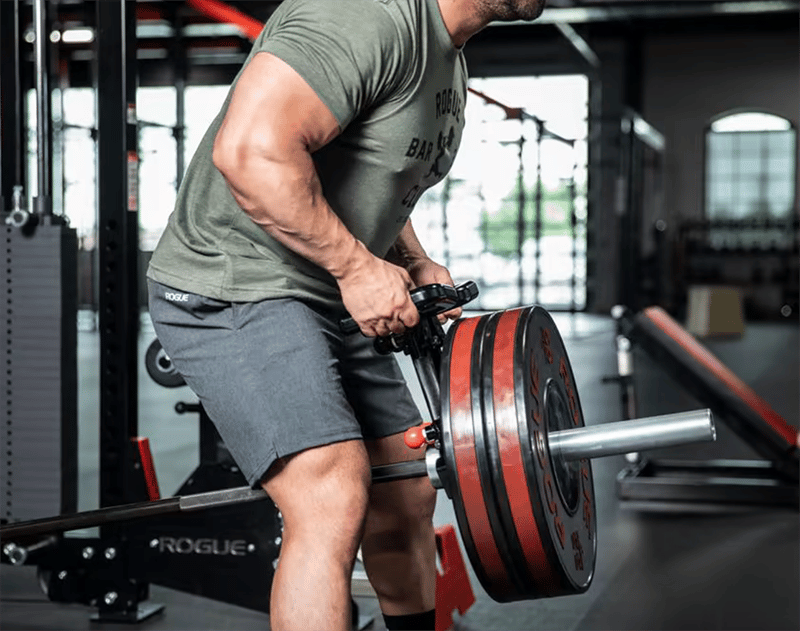
The same device works equally well as a cable attachment for biceps and triceps work; as a pull-up bar attachment for neutral grip pull-ups; or as a dumbbell attachment for dumbbell rows.
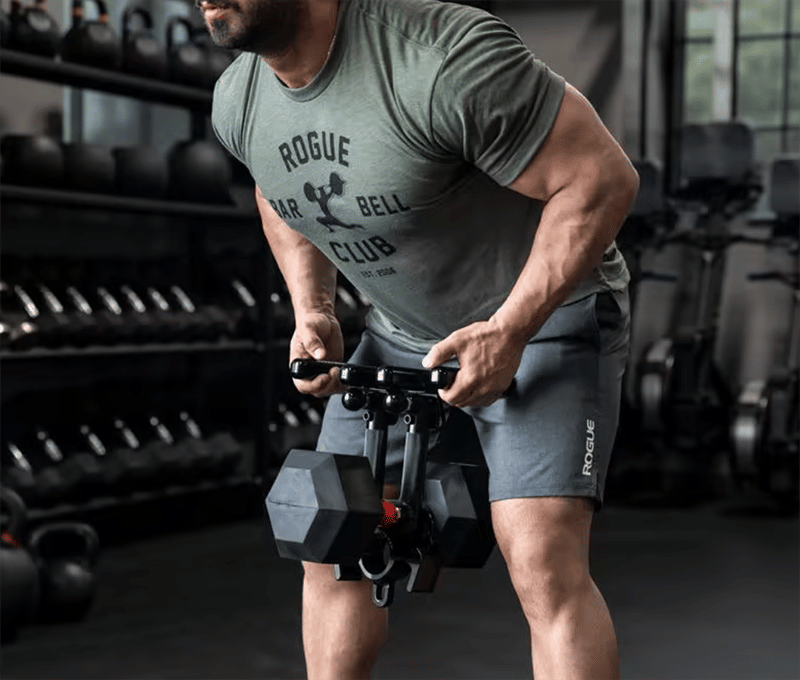
Many users even adopt the Back Widow as their primary bar-jack: the moving parts are all at a 16,000 LB sheer test, so no weight load threatens the Widow’s overall structural integrity.
Back Widow Specifications
- Multi-Use Attachment for Back Workouts
- 15+ Adjustable Positions
- Length: 5.5″ (Lower Handles) / 4.25″ (Upper Handles)
- Diameter: 1.25″ (Handles)
- Weight: 9.25 LBS
- Carabiner Slot for Attachments: 9/16” wide x 1” tall
- Colour: Black
The Back Widow allows for Versatility
One adjustable and collapsible Back Widow can do the job of a dozen clunky cable handles, saving your gym on both costs and storage space.
Here it is as a barbell jack.
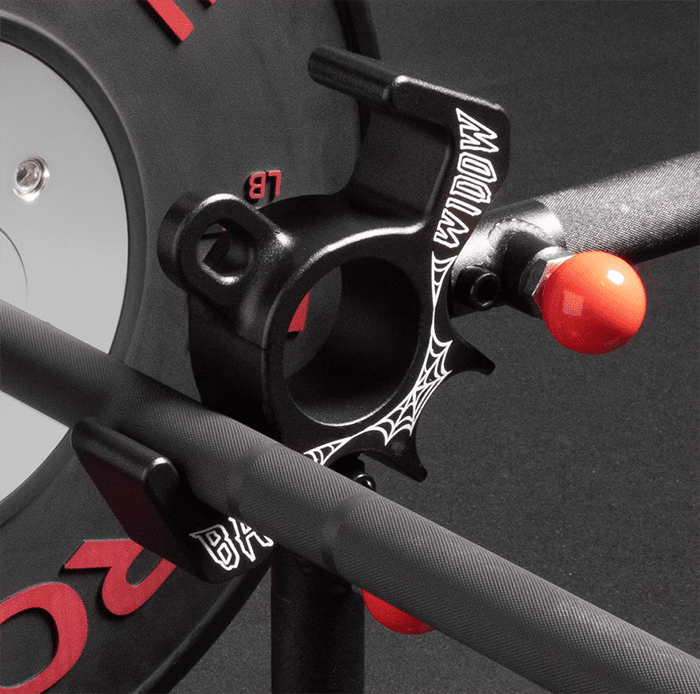
Weighing just under 10 LBS and offering more than 15 grip positions, this unique back blasting attachment can be used for high lat pulls, seated rows, T-bar rows, neutral grip pull-ups, bicep and tricep cable work, and much more.
The moving parts of the Back Widow are all at a 16,000 LB sheer test, so stability and durability are never a concern, regardless of the weight load.
Make Quick Adjustments with the Back Widow
Versatility goes a lot further when it comes with convenience and efficiency.
The Back Widow’s adjustments can be made without having to remove the attachment; a major innovation that allows multiple athletes to quickly customize their workout without throwing a training partner off their game.
In a smaller home gym, it also allows individual athletes to add more variety to a training regimen without wasting time looking for a different attachment or having to take down and set-up a new handle.
Reviews


READ MORE: Is the Back Widow right for me?
Back Muscles
The back is one of the largest muscle groups in the body, but it’s also one of the most important. It supports your torso, protects your spinal cord, and allows you to extend and flex your spine. The back muscles include a variety of groups that work together to keep you standing upright. These are some of the major ones:
Latissimus dorsi (lats)
The latissimus dorsi, or lats, are located on the back of your body and help with shoulder extension and arm adduction (bringing your arms down toward your sides). They’re also known as “the lats” among bodybuilders.
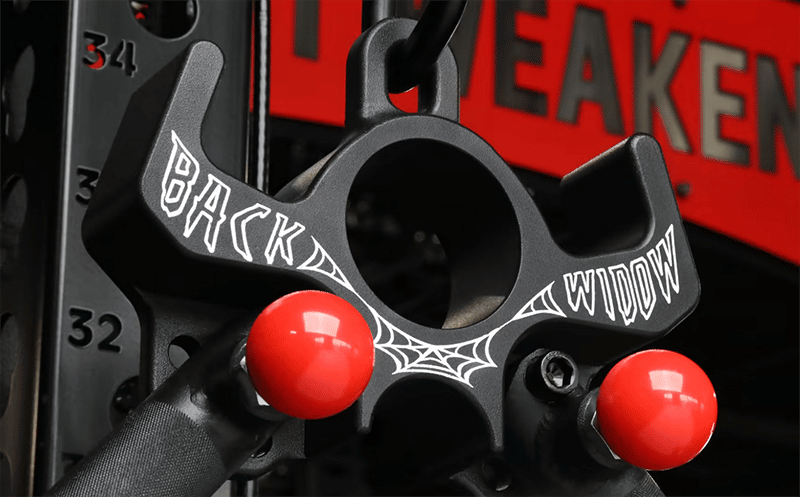
Posterior deltoids (rear delts)
The posterior deltoids are the muscles that sit at the back of your shoulders, and they attach to the shoulder blades. The posterior deltoids work with other muscles to extend (straighten) the shoulder joint, tip your torso backward, and retract (bring toward your body) your arms.
Trapezius (traps)
The trapezius muscle, also known as “traps,” is a large, flat muscle that covers most of your upper back and shoulders. The trapezius helps raise your shoulders and neck, rotate your shoulders, stabilize your shoulder blades, and move them forward or backward (a motion called elevation).
Rhomboids
The rhomboids originate on the vertebrae of the spine and insert onto the medial border of the scapula. They are responsible for retracting (pulling back) the shoulders and scapulae.
The rhomboids are also used to move your scapulae together, as in rowing or swimming.
As you can see, these muscles play a major role in how you move your arms and shoulders.
How Do Back Muscles Function?
These muscles help bring your arms toward your body, extend your shoulders, and tip your torso back.
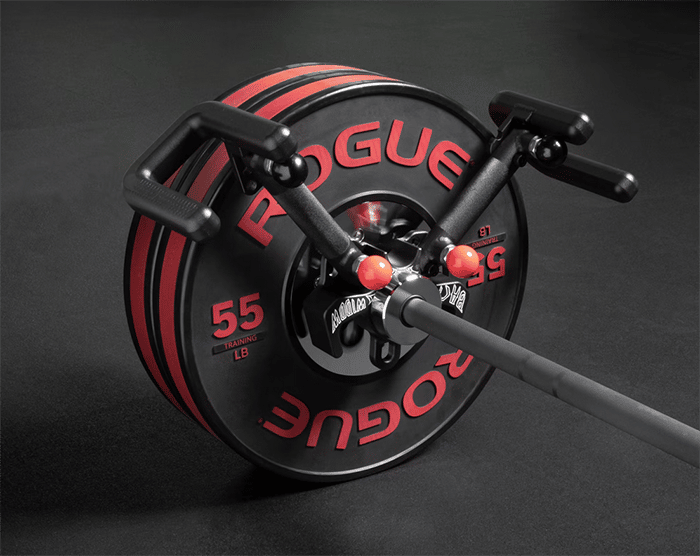
Your back muscles are responsible for bringing your arms toward your body and extending your shoulders. The largest is the latissimus dorsi (lats), followed by trapezius (traps), rhomboid major, and rhomboid minor.
The lats attach to the lower part of each scapula (shoulder blade) and run parallel to it down to where they meet at the bottom of your spine.
They help pull the shoulder joint forward when you do activities such as swimming or rowing; they also assist with bending forward at the waist when doing exercises like crunches or reverse curls with dumbbells or barbells.

